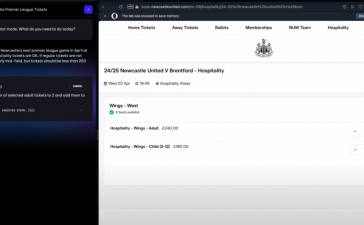Ad buyers who asked YouTube not to run their ads on kids’ channels saw their advertisements on this content anyway, three buyers told Adweek.
This comes as Google is, once again, under fire, this time for YouTube ads allegedly leading to tracking of children, according to The New York Times.
A business-to-business client of independent Italian media agency Aidem ran a campaign targeted at business people, explicitly excluding “content suitable for families,” said CEO Giovanni Sollazzo. The ads appeared on channels like stacyplays and lunacreciente, specifically labeled with banners saying “Try YouTube Kids,” according to screenshots from the campaign’s reporting.
“Almost every campaign I have seen on YouTube has run on ‘made for kids,’” Sollazzo said. “All of them were not targeted at children.”
Running ads on kids’ channels is not only a waste of money for most brands, as kids can’t buy products, but could potentially contain regulatory risk, according to new research from Adalytics. Moreover, for buyers, the presence of Google’s AI-powered Performance Max in the report’s findings calls into question the use of controls on its ad products.
Research outfit Adalytics found that YouTube ads that run on kids’ channels contain trackers that advertisers could use to retarget kids across the internet. Under the Children’s Online Privacy Protection Act (COPPA), which YouTube was fined for violating in 2019, it is illegal to run targeted ads on children’s content.
Still, buyers find Google’s controls to avoid targeting kids’ content fall short.
A client of Iris Worldwide also clicked to exclude “content suitable for families” when running a campaign, yet the client’s ads still showed on channels labeled as part of the YouTube Kids network, according to screenshots viewed by Adweek. Such content is meant to run on YouTube made for kids, according to a Google blog post.
“I have seen this on many campaigns in the past. I’ve also tried other methods of excluding ‘made for kids’ channels like excluding child-oriented keywords and categories,” said Keri Thomas, performance media director at Iris. “The ‘made for kids’ channels continue to appear in placement reports anyway.”













